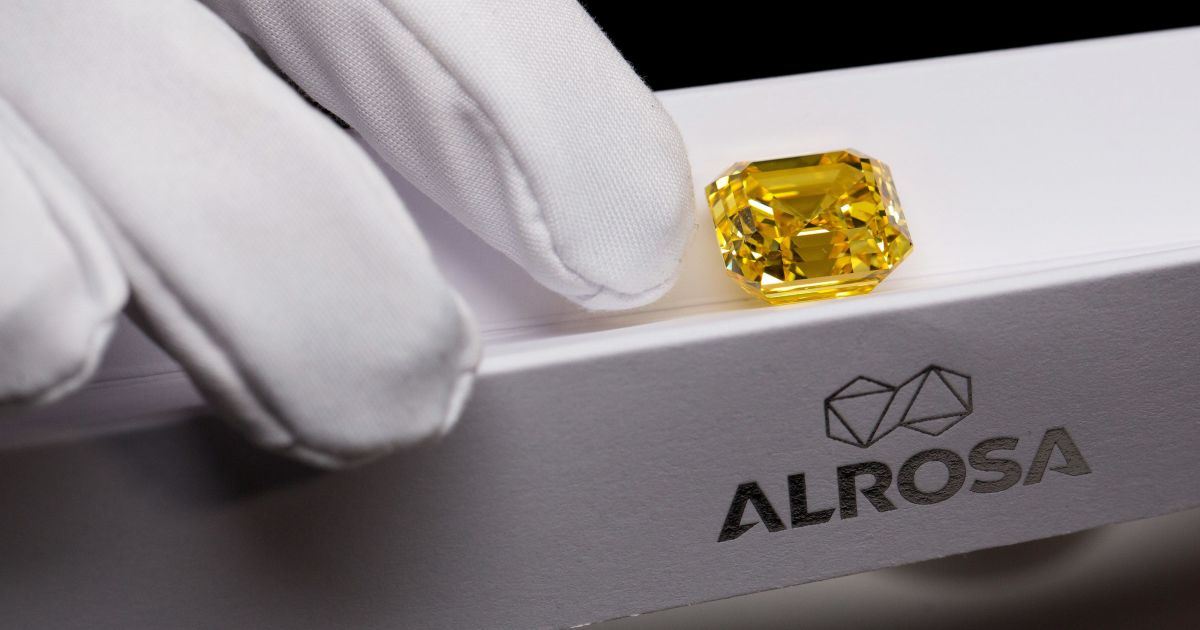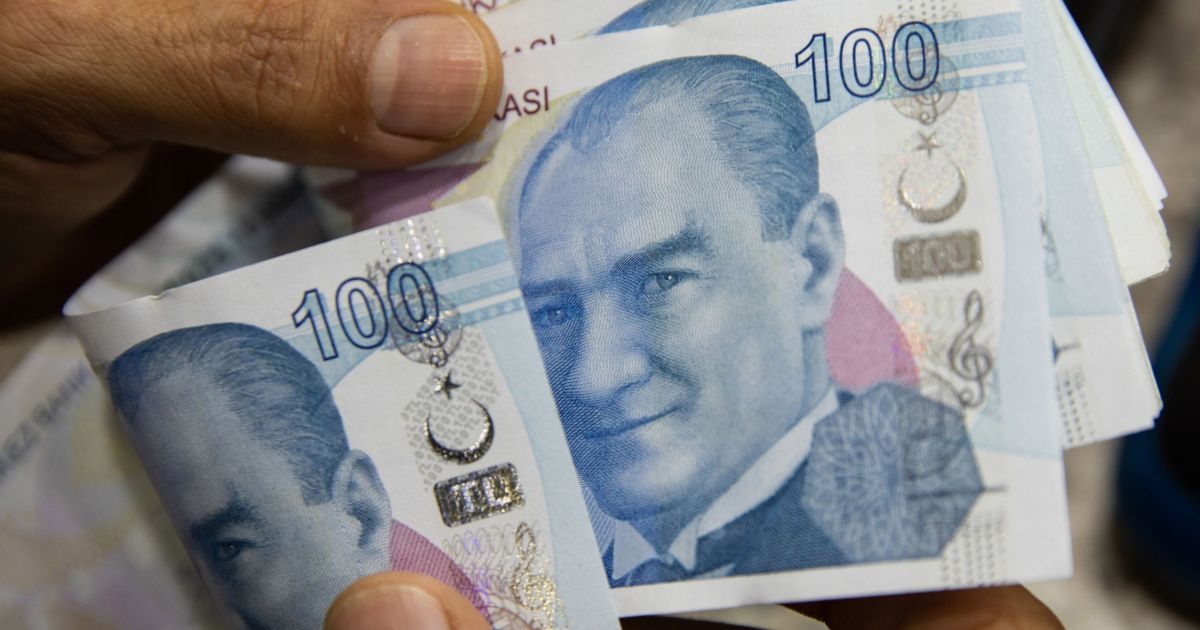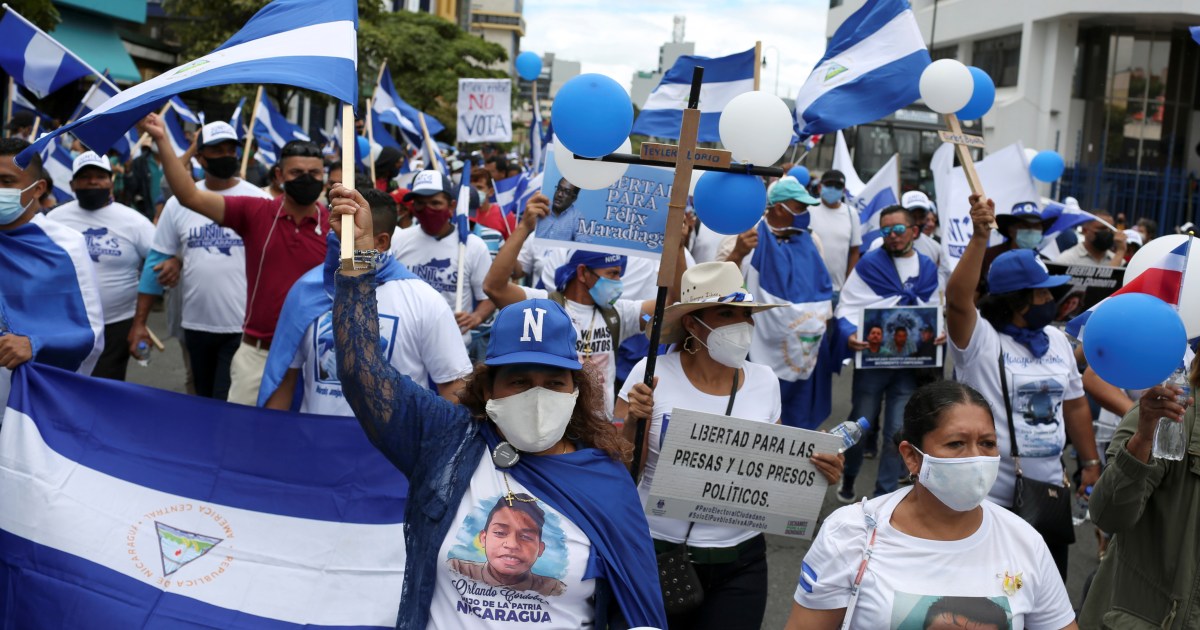Can India keep the shine on Russia’s diamond industry? | Business and Economy News
Bengaluru, India – The sparkle is missing for the world’s biggest diamond miner these days. Russian giant Alrosa’s share prices have dropped by more than 17 percent since Moscow invaded Ukraine in February, triggering sanctions that have also targeted the company and Russia’s diamond industry.
But in one of the planet’s biggest diamond hubs, some 4,800km (3,000 miles) away, optimism reigns for now. Veteran diamantaire Nanubhai Vekariya, president of the Surat Diamond Association, is sanguine that Western restrictions will not hurt his business.
Nine out of every 10 diamonds in the world journey through India, and the city of Surat, perched on the country’s Arabian Sea coast, is where most of them are cut and polished. That gives India — the world’s largest exporter of diamonds — an unmatched say over the impact of Western sanctions on the precious stones from Russia. It also makes New Delhi a key stakeholder that could itself bleed export revenue and jobs if it goes along with plans to punish Moscow.
Russia produces a third of all rough diamonds, with Alrosa mining almost every one of them. The United States, responsible for nearly half of the global demand for gemstones, sanctioned the import of Russian-origin diamonds in March. It introduced additional sanctions against Alrosa last week, effectively banning any financial transactions between the firm and US entities. And top jewellery brands like Signet and Tiffany and Co have banned the use of Russian diamonds in their products. But an escape clause in the current US sanctions regime allows the import of goods that are “substantially transformed” in a third country.
That is allowing diamonds mined in Russia to enter global markets almost untouched by the restrictions for now, since most of them are cut and polished in cities like Surat, and then exported as Indian diamonds, said analysts and diamond traders.
“We get only rough diamonds from Russia — it is our work that turns them into gems that are exported for people to buy,” Vekariya told Al Jazeera. “We haven’t faced any challenge yet, and don’t expect to struggle in the future either.”
The loophole has drawn the attention of a bipartisan group of US lawmakers led by Virginia Democrat Gerry Connolly and Georgia Republican Austin Scott. They have written to US Secretary of State Antony Blinken and Treasury Secretary Janet Yellen, asking them to tighten the sanctions noose around Russia’s diamond industry.
Indian compliance with US sanctions
Independent experts agree that the level of India’s compliance — or not — with US sanctions could prove critical in determining their effectiveness in denying Russian President Vladimir Putin earnings from precious gems to fund his war machine.
“If India imposed similar sanctions to that of the US, it would further disrupt the demand for Russian diamonds,” Paul Zimnisky, a leading industry analyst, told Al Jazeera. “If India banned the import of any diamond of Russian origin, that would in fact send shockwaves through the supply chain.”
Despite Vekariya’s confidence, it is not as though the current sanctions are completely ineffective, said experts. In addition to the direct restrictions on diamonds, the sanctions imposed by the US and Europe against Russia’s financial institutions are threatening to disrupt payments. Though New Delhi has not formally condemned Putin for the invasion of Ukraine, most Indian banks have stopped transactions with sanctioned Russian counterparts.
“That’s going to be a major problem in the coming weeks and months,” said Anoop Mehta, president of the Mumbai-based Bharat Diamond Bourse, the world’s largest exchange for the precious stones. “How will we pay for the diamonds we import? And how will this impact our supplies?”
With sanctions cutting Moscow out of the SWIFT system for international payments, transactions are difficult even with those Russian banks that have not been specifically targeted by the West, said Ajay Sahai, director general and CEO of the Federation of Indian Export Organisations (FIEO). “There is simply no payment mechanism in place with Russia,” he told Al Jazeera.

There are other difficulties too. Shipping companies are avoiding the Black Sea — a key transit route from Russia to Asia — because of the war. That too is disrupting supply chains, said Sahai.
And the limited nature of the current US sanctions against Russian diamonds is not an oversight, but likely a conscious decision that leaves Washington with ammunition for the future, said Zimnisky. “This still leaves the US the option to further ratchet up sanctions in the future, for example, with an outright ban on any diamond of Russian origin,” he said.
Indian industry at risk
But accepting strict US sanctions against Russian diamonds could prove crippling for India’s own industry and exports. The diamond cutting and polishing sector employs nearly a million people in India, said Mehta. Diamonds are India’s third-largest source of export revenue, earning the country $16bn in 2020. “What’s happening in Ukraine is terrible, and we stand with the people there,” Mehta told Al Jazeera. “But surely the solution can’t be to punish innocent and poor workers who have nothing to do with Russia or its war.”
India’s largely unorganised diamond industry is already struggling to recover from the COVID-19 pandemic, which forced factories to shut down for several months in 2020 and 2021. To Indian exporters, any escalation of pressure from the West would also carry the stain of hypocrisy.
Many European nations remain dependent on Russian oil and gas to power the manufacturing industries that produce everything from cars to machines. “Will Americans stop buying all European goods until they stop using Russian oil and gas?” asked Sahai.
To a large extent, it is indeed customers — more than governments — who might determine whether companies need to outlaw Russian diamonds, said Zimnisky. “If enough consumers request non-Russians diamonds, I think you will see more and more retailers adopt sourcing practices like we have seen with Tiffany and Signet,” he said.
But while audits of purchase statements can track the origin of big diamonds, that is almost impossible with smaller stones, said Sahai. Meanwhile, he said, the FIEO has asked the Indian government to explore a rupee-rouble transaction arrangement that would allow trade with Russia without relying on the dollar.
If India refuses to accept US diamond sanctions, “that will certainly test the supply chain”, said Zimnisky as it would be very hard for US firms to determine which Indian diamonds are of Russian origin or reject Indian diamonds given how much they dominate the market. It will also exacerbate tensions between strategic partners New Delhi and Washington over the war in Ukraine.
US Deputy National Security Adviser Daleep Singh recently warned India of “consequences” if it tries to circumvent sanctions against Russia. In the Indian Parliament, however, Foreign Minister S Jaishankar on Wednesday said New Delhi and Moscow were discussing a rupee-rouble arrangement.
“But we recognise that ultimately, there’s only one thing that will make any arrangement sustainable,” said Sahai. “And that’s peace in Ukraine.”





Pingback: ufabtb
Pingback: xkcd mushrooms